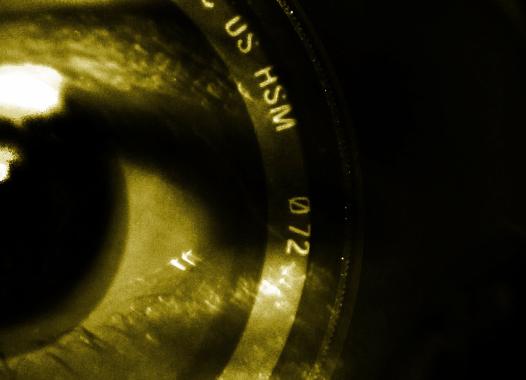
Join the colloquy
Prosody: Alternative Histories
more
In both senses, it is roughly synonymous with ‘versification.’ Like many terms in the modern study of poetics, ‘prosody’ derives from a Greek word of much wider application (prosōdía, ‘song; tone’). In Modern English, ‘prosody’ additionally designates a branch of linguistics concerned with the intonational and rhythmical patterning of speech.
The multiple meanings of ‘prosody’ hint at the historical perplexities of the term. One major difficulty is the qualitative difference between prosodic theory and practice—often itself a historical difference. In English literature, for example, the practice of meter predates metrical theory by 900 years. Between the composition of the Old English poem Cædmon’s Hymn (late seventh century) and the publication of George Gascoigne’s Certayne Notes of Instruction Concerning the Making of Verse or Ryme in English (1575), poets practiced but evidently did not theorize English prosody. (Modern poets’ continuous proselytizing letters, essays, and talks promulgating their prosodic theories has now more than made up for this gap!) Nonetheless, the medieval centuries are notable for metrical experimentation, from twelfth-century forays into syllabic verse to Geoffrey Chaucer’s invention of the French- and Italian-inspired iambic pentameter in the fourteenth century. This experimentation is incomprehensible without situating English in a cross-linguistic context, one that includes, at minimum, French, Italian, Latin, Norse, and Welsh, each with its own complex history.
The study of prosody in the centuries since Gascoigne has presented any number of historical complications, and the present era is no exception. Even as it enjoys a resurgence of interest, spurred by concurrent discoveries in sound studies, cognition, performance, psycholinguistics, and new technologies, verse prosody remains a problematic field. The linguistic turn of the twentieth century, for example, has meant that many prosodists have focused on developing, and refining, metrical theories, i.e., descriptive systems that account for the match or ‘fit’ between the phonological structure of the language and the aesthetic structure of the verse. This approach, originally sponsored not by a linguist but by a literary critic—that “every language has the prosody which it deserves”[1]—has certainly advanced a fundamental understanding of technique, but it has done so at significant cost: the assumption of verse’s artificiality as a transparent stylization of natural language, with an attendant, and surprising, lack of curiosity about the historical factors conditioning these outcomes.
Following the linguistic turn, literary scholars have endeavored to describe metrical traditions and to coordinate metrical histories and historical prosodic theories with cultural, intellectual, material, and social histories. Yet what is the status of such description and coordination, given the gap between practice and theory, or between cultural production and cultural analysis? Do early theories of prosody, from Pāṇini to Snorri Sturluson to Gascoigne, clarify the nature of verse or entail new epistemological problems? Do later approaches, from generative metrics to cognitive poetics to historical poetics, represent research progress or just add terminological complication? Can the historical practice of prosody be disentangled from the history of prosodic study—and if not, whence prosody?
Contemporary poets at all levels face an analogous gap between practice and theory: to what extent can the researches of prosodists influence or be of use to poets? What utility could there possibly be, given the outright inaccuracies of meters in most poetics handbooks (here, a reverse historical dilemma: practice may continue to outstrip theory, but theory outstrips primers). Does the textbooks’ persistence in oversimplifying and misrepresenting metrical study only prove the point that the academic pursuit of verse prosody is immaterial to practice?
Prosody thus traverses a set of vexing historical oppositions—between structuralist and poststructuralist, or formalist and historicist, or empirical and theoretical, methodologies; between departments in the twenty-first-century university—especially the languages, linguistics, cognitive sciences, and comparative literature; not to mention between poets and critics, the producers and analysts of prosody. Hoping to move past these artificial divides, this Colloquy brings together work in multiple media across disciplines, all considering reciprocal relationships between prosody and history, variously defined. The goal of the discussion is to inspire the kinds of productive disagreements that can move prosody closer to Donald Wesling’s vision of a unified field
[1] George Saintsbury, A History of English Prosody (3 vols.) (London: Macmillan, 1906-10), vol. 1, 371.
[2] Donald Wesling, The Scissors of Meter: Grammetrics and Reading (Ann Arbor: Univ. of Michigan Press, 1996), 22.
















